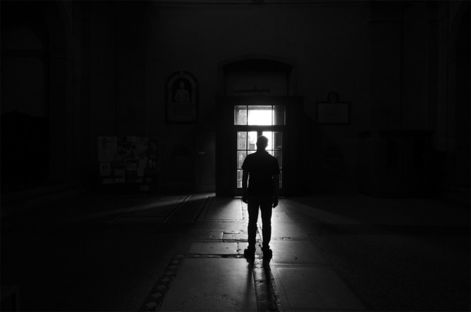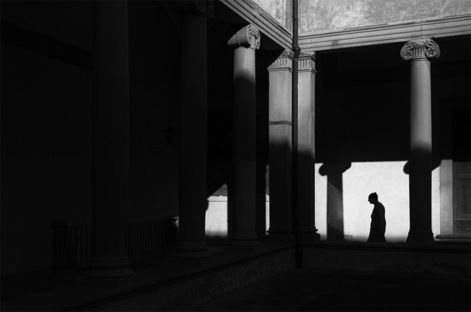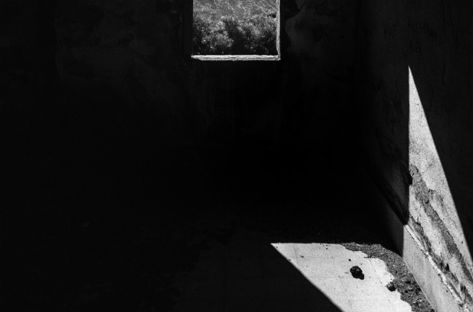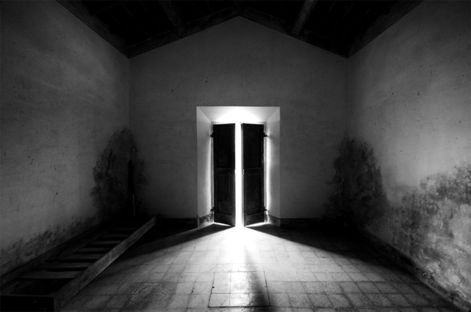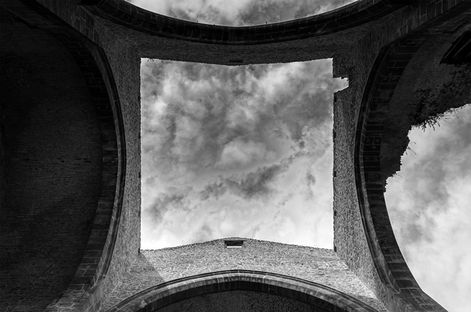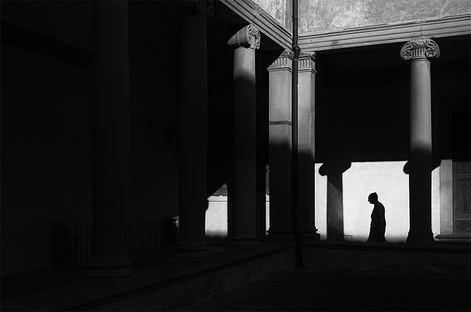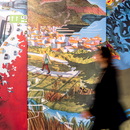- Blog
- Landscaping
- Gated Communities - fenced-in urban islands
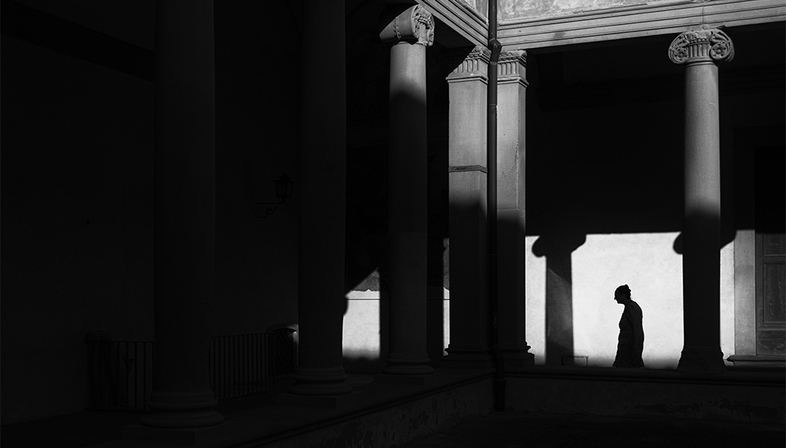 The problem of keeping your home safe, and social tensions are two of the many issues that have led to an increase in gated communities. A new way of living that is common in the Americas and that has now crossed the Atlantic into Europe. So, are they an urban disease or the desire for an elite lifestyle?
The problem of keeping your home safe, and social tensions are two of the many issues that have led to an increase in gated communities. A new way of living that is common in the Americas and that has now crossed the Atlantic into Europe. So, are they an urban disease or the desire for an elite lifestyle? 
The spread of gated communities is a hot topic in the current urban planning and architectural debate. The blueprint of an elite, fenced-in lifestyle, inside or just outside big cities, which has also arrived in Europe, where occupants can opt for high-end apartments in the secure environment provided by physical separation and video surveillance.
Italian architect Fabrizio Aimar has been studying gated communities for some time, and we asked him to give us a clearer idea of this phenomenon, particularly the Italian version.
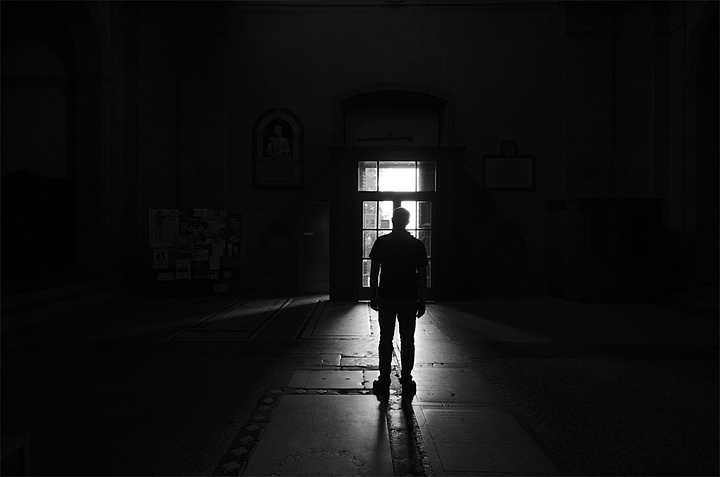
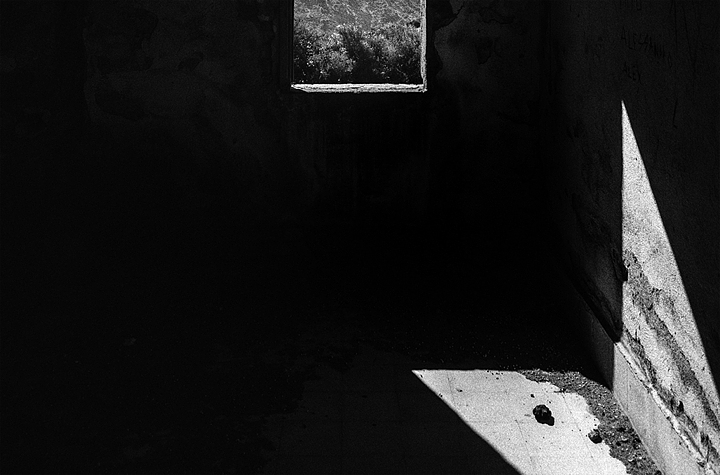
- What makes “gated communities” different from “private roads”? Are there many in Italian cities? The thing that changes is how the space is used and how the local community perceives it. A private area or road may be subject to a public right of way, whereas this doesn't happen in Gated Communities - they are completely fenced in and keep out any unauthorised persons. In fact, they end up being actual islands in the city, pursuing a lifestyle based on fear or on hope, whose product is unquestionable social segregation and loss of use of the public domain. What happens is that the public domain ends up resembling - subtly - a controlled commercial environment, the offspring of forced urban planning plagiarised from the market. The result? Feudal parodies, based on transitory concepts of “harmony” and “beauty”, offset by the turbulent surroundings formed of crime and “chaos”. But that in practice survive specifically because of the external services delivered by that labour and foreign workers that these gated communities are keeping out. In Italy, one of the most significant cases of this is in Borgo di Vione, province of Milan, whose website states, “The security guard service operates 24 hours a day […] prevents any non-residents from entering the village”.

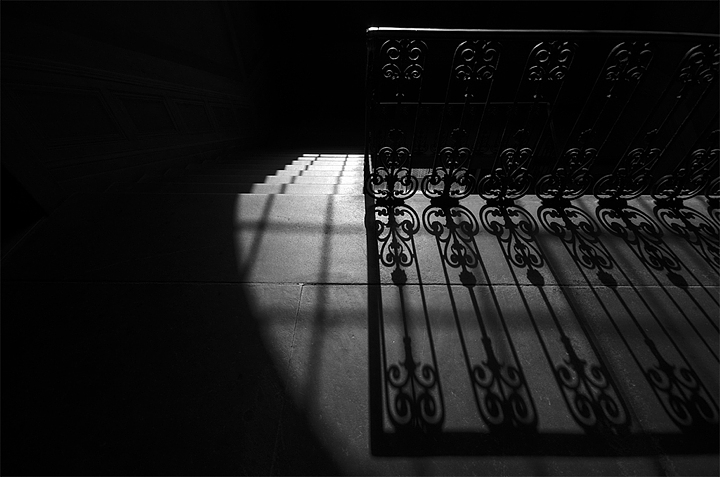
- The term “Gated Community” is like an oxymoron - the voluntary separation of a minority from the community - or is it a sign of the fears of our times? Unfortunately, it's the latter. They are obvious examples of the fear of anything different, gilded cages created to blur the problems of a community which they deliberately intend to keep out. “Urban misanthropy” to all intents and purposes. The people who create these aseptic worlds - where everything is preordained - shape real urban islands, completely separate from the surrounding context. These “communities” have their own exclusive facilities, and only those who live in the complex are entitled to use them. These privileges are defended by private security guards, called in to protect the fenced-in boundaries with video surveillance from any outside threat that could disturb the peace. But it's a completely illusory and artificial serenity, however it helps us to reflect on something that is as serious as it is alarming: contemporary society is not really inclusive. And now we've discovered that it is also falsely tolerant, just as Pasolini warned 41 years ago. The result is a blurred picture, but what's in play is the future of the very fabric of our towns and cities.
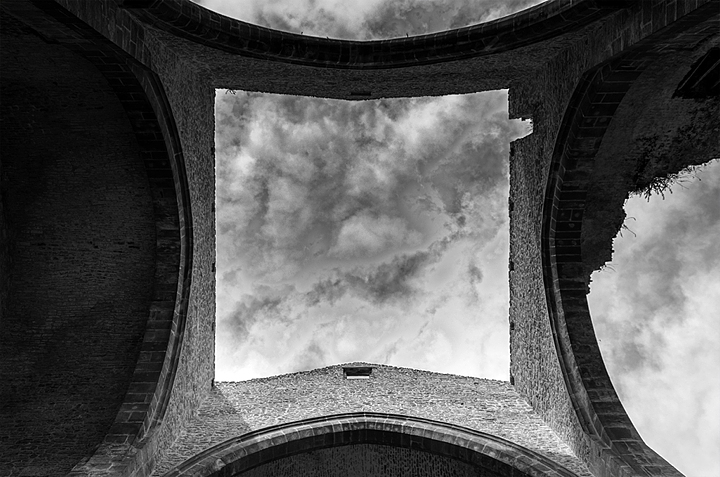
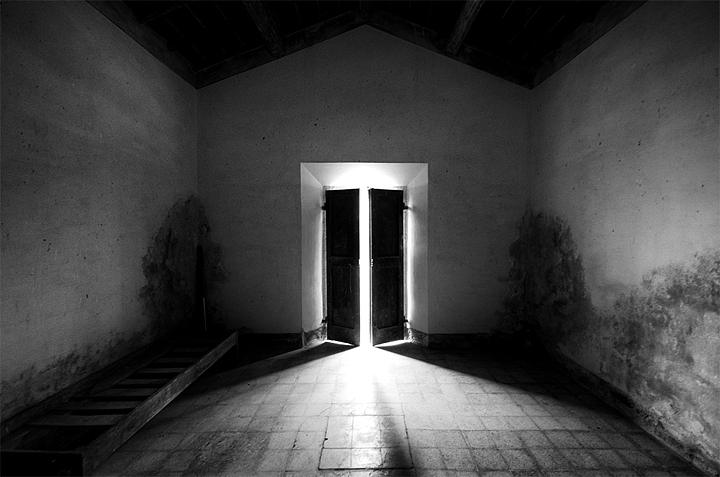
- Studies in different places around the world highlight more and more gated communities, depending on the social, economic and urban context. One of these is the oil compound in the Middle East, as well as the new forms of private residential estates. Why are they now coming to Europe, where we were used to seeing them only in the Americas (link Triptyque) or in Asia? What kind of gated community is most common in Italy? Gated Communities spring up and grow in countries with great social disparity and where at the same time the central State is weak in terms of territorial governance. So, the private sector organises itself with “defensive” responses to the risk of crime and terrorism. Therefore, what we see is a kind of militarisation of the space, including the public domain, which ends up being sucked into these communities physically but also in the mental perception. This generates concern, because it ends up impacting the public domain - the field of social affairs and freedom - through exclusion mechanisms. In Italy, these forms are taking off, on the one hand because of the desire for non-involvement in contemporary social issues (migrants, economic crisis, terrorism), and on the other due to the nostalgic search for that “golden era” destroyed by our consumer society. Still, these solutions will do nothing but expand this social divide, because they symbolise an upper class that contrasts with the backdrop of life of the society's outcasts, the ones that Polish sociologist and philosopher Zygmunt Bauman refers to as “walking dystopias”.
Christiane Bürklein
Fabrizio Aimar (link)
Images: Diego Perez










